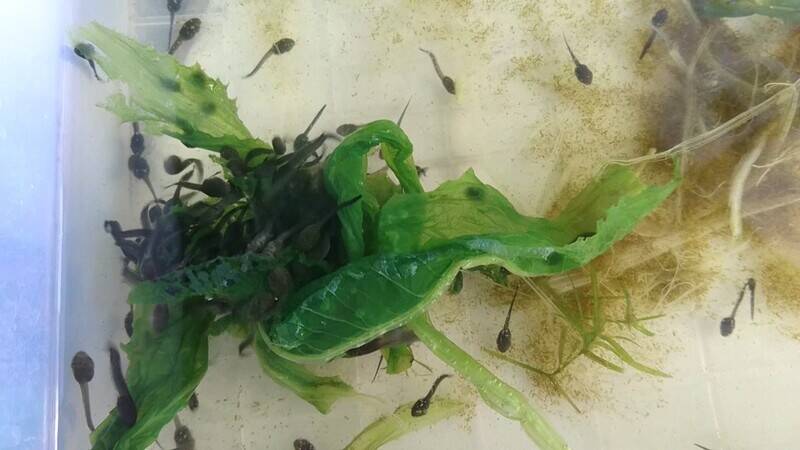Tadpoles are the larval stage of amphibians, most commonly frogs and toads. These aquatic, gill-breathing juveniles undergo a fascinating transformation—metamorphosis—into adult amphibians. During their time as tadpoles, their dietary needs and habits are unique and evolve as they grow. Understanding what tadpoles eat is essential for ecological studies, conservation, and for those who care for them in captivity. This article provides a comprehensive scientific overview of tadpole diets and how their feeding behaviors support their development.

Tadpoles hatch from gelatinous eggs laid in water. They emerge as aquatic larvae equipped with tails, no legs, and gills for breathing.
Over several weeks or months, tadpoles grow legs, absorb their tails, develop lungs, and shift to terrestrial lifestyles. Their diet changes significantly during this transition.
Most tadpoles begin life as herbivores or detritivores. They primarily consume:
Algae growing on rocks and pond surfaces
Decaying plant matter
Biofilm (microbial and organic material)
As they grow, many tadpoles become omnivorous. Some species consume:
Microinvertebrates (e.g., tiny crustaceans, insect larvae)
Dead insects and animal matter (scavenging)
Other tadpoles (in rare cannibalistic cases)
Tadpoles in fast-flowing streams may scrape algae from rocks, while pond-dwelling tadpoles may filter suspended particles from the water.
Tadpoles have keratinized beaks and rows of tiny teeth (labial teeth) for scraping algae and gripping food.
Their intestines are relatively long to efficiently digest fibrous plant material, especially in early herbivorous stages.
As tadpoles transform into carnivorous adult frogs, their digestive tracts shorten and enzymes adapt to handle protein-rich diets.
For pet or research tadpoles, suitable foods include:
Algae wafers
Spirulina-based fish food
Boiled lettuce or spinach
Specialized tadpole pellets
Adding pond water with natural algae, or small invertebrates (e.g., daphnia), helps mimic wild conditions.
Feed tadpoles once or twice a day, offering only what they can consume in a few hours to prevent water fouling.
Primarily algae and biofilm
Minimal protein requirements
Begin consuming small invertebrates
May scavenge detritus and decaying matter
Diet shifts toward carnivory in preparation for adult life
Increased need for protein and energy
Tadpoles help regulate algae growth in aquatic ecosystems, maintaining water quality.
By consuming detritus and biofilm, tadpoles contribute to the breakdown and recycling of organic material.
They serve as a vital food source for aquatic predators such as fish, dragonfly larvae, and birds.
Excess food leads to water pollution, bacterial blooms, and oxygen depletion.
Lack of protein in later stages may result in stunted development or deformities.
Abrupt shifts in diet can upset digestion, especially during metamorphosis.
Tadpoles exhibit a remarkable dietary progression from algae-eating larvae to carnivorous adults. Their diet reflects their environment, species, and stage of development. Whether in the wild or in captivity, providing the right food at the right time is crucial for healthy metamorphosis.
Understanding what tadpoles eat offers insight into aquatic ecosystems and supports amphibian conservation worldwide. These tiny swimmers remind us that even the simplest lives require carefully balanced nutrition to thrive and transform.
animal tags: tadpoles
We created this article in conjunction with AI technology, then made sure it was fact-checked and edited by a Animals Top editor.